Kyoto
At the Kyoto station taxi stand the driver stared at the address in Japanese on my iPhone, studied it for a while asking me questions I did not understand and thus could not answer.
He shrugged and turned his back to me, started the car and we began our ride to a residential neighborhood called Gion in the northern part of town, to an alley-like street called Oil street.
We will stay for the next 4 nights in the Oil Street Guesthouse and Space run by Yasu the owner and his dog Burrito, a black Labrador making friends with anybody for food.
Here we meet the other guests: an Australian family of four, papa Glen, mama Lara, son Jake and daughter Matti (sorry if I also misspelled your name, since I never asked).
(Burrito the black lab)
(Our Bedroom)
The 90 year old Guesthouse has two rooms upstairs, where we will sleep tatami style (on a thin mattress on the floor) but unlike other Japanese style guest houses, Sandee is getting her required private bathroom western style. I wanted to have this experience and this compromise worked for both of us. Although Sandee is not keen to repeat the mattress on the floor experience - old bones.
During our 4 day stay in Kyoto, the former residence of Japan's emperors, we will be sinking our butts on floors a lot, with our biggest takeaway: one gets to feel certain joints being pained in getting
(Sandee's minimum requirement)
down and getting up and we are constantly shifting positions, while seated on hard floors.
Kyoto counts 1600 buddisht temples and 400 shinto shrines, and is "the" tourist destination in Japan.
The first day was spent riding buses and a local train visiting a shrine and two temples and a winding path through a bamboo forest.
(Local trains which had problems getting up the hill)
(Pristine clean, no graffiti, nothing on the floors, no talking)
We met on the bus a Canadian couple, Jack and Monica, who we joined as they were heading to the same golden temple.
We learned from them to buy a day pass instead of individual tickets, as they had paid dearly the day before for that lack of knowledge. They had an English map with all the bus lines in Kyoto. We got ours from the bus driver in Japanese.
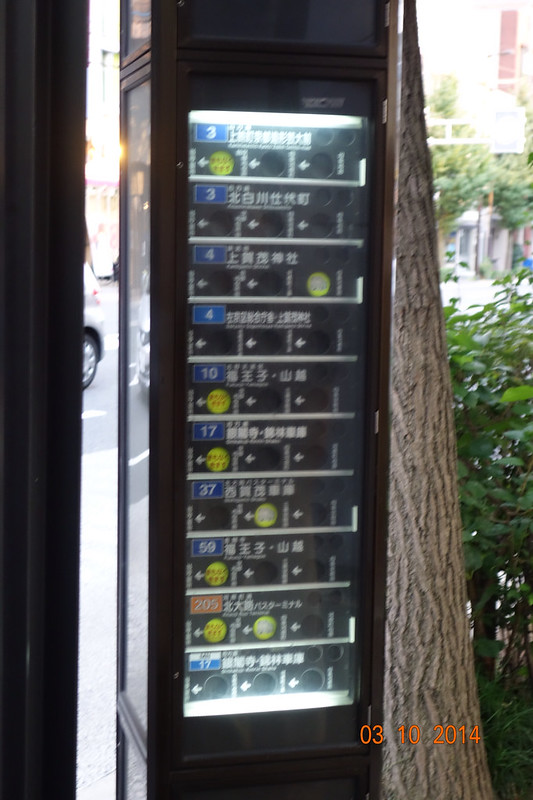
We are so lucky that Japanese numbers for the bus lines are the same as English numbers, because it allowed us to puzzle out where to change bus lines by counting bus stop dots.
The bigger puzzle was how to return home at the end of the day, as we had forgotten to ask Yasu to circle on our Kyoto map where the guesthouse was situated. But we knew that our last resort was the taxi home. Sandee was better in pinpointing where approximately we were and better in recognizing the exact place to exit the bus.
The next day we took a train to two little towns outside of Kyoto to see the Giant Buddha and the thousand Tori gates.
But the highlight of the day was having a private lesson in the art of the Tea Ceremony by a Ms Otsuko who about 25 years ago was sent against her will to tea school.
The number 1 Tea school is located a few miles from where we were having our lesson. Otsuko San was taught there, and she annually returns to freshen up as well as deepen her knowledge and understanding of the art of preparing and serving tea. What we learned from this lesson, following in silence all her movements and actions in preparing tea for us, was that it calms the mind, and wills you to forget your surroundings, while anticipating the moment of tasting the tea.
Sandee queried her on being a female in this male dominated world and Otsuko San, not married and living with a Brit, acknowledged, that while equal with the boys in her school years, she had found the glass ceiling in the corporate world and the societal pressure, where women are supposed to get married and leave jobs by age 25 to become mothers, the conundrum daughters and mothers still battle about.
Interesting little facts:
2. There are very few internet hotspots in Japan
3. To get cash from an ATM you have to find a Bank of Japan or an international bank like Citibank or a 7 Eleven. Local banks have only local ATM's.
4. There are 1.8 million street vending machines is Japan a nation of 120 million people (that ends up to be 1 for every 67 Japanese and maybe a few extra foreigners)
5. In case of a disaster, while underground like for example in a metro, the vending machines will spill their wares free of charge so people have drinks and food.
6. Japan started the attack on Pearl Harbor because it was denied oil from the U.S. (which was providing 90% of their oil), as our country needed all the oil it could get during the wartime in Europe. By destroying the U.S. Fleet Japan hoped to be able to take the oil in the Dutch Indies without being challenged. (till this was told to me I never really knew the reason)
7. The first Tokugawa Shogun, whose family factually ruled Japan for 250 years had defeated his opposing feudal lords, with whom after their defeat he made a peace pact. However since he did not trust them, he required them to be away from their wives and family for a year every other year and stay at his court in Edo (now Tokyo) and they could not bring their samurais with them. He also gave them the most remote territories to rule over which he required them to travel to and from on foot.
8. Since he had to regularly receive these lords for consultations, he had them wear pants almost twice the length of their legs, so that they could not rush him without stumbling over their own garments.
9. The Shoguns castle in Kyoto has "nightingale floors", that squeak when walked on in a high pitch (such that they sound like birds) to prevent unwelcomed sneak attacks.
10. Japanese castles have moats but no drawbridges, requiring very heavy metal clad gates, with enormous hinges that still function after 400 years.
11. Archery was the most honored sport in Japan. At the back of the longest wooden building in Japan, archers throughout the centuries competed to be honored as the best in their class.
The unbeaten champion shot 13,000 plus arrows in a 24 hour day or about one arrow per 7 seconds, so I was told, of which 8,000 hit the target. This was an 18 year old several hundred years ago. His name is inscribed and his feat has never been surpassed by any challenger throughout the centuries.
(In the nook of the room at the Tea Ceremony the Banner read "Nichi Nichi Kore Konichi", which roughly translated is:
Do not regret about unfortunate yesterday, do not expect too much from unknown tomorrow, but live fully today. Then every day will be perfect.
With this I end this blog



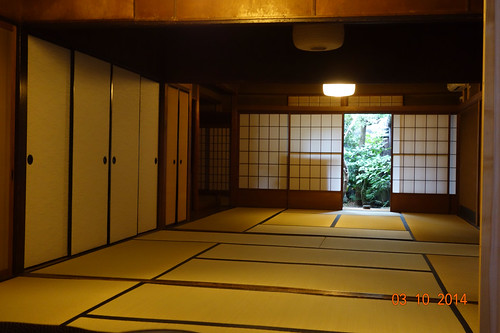

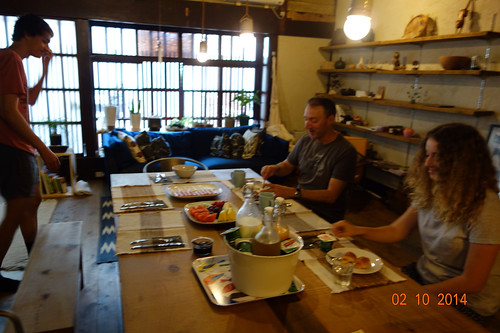
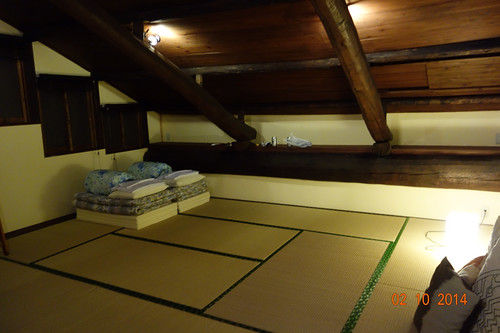

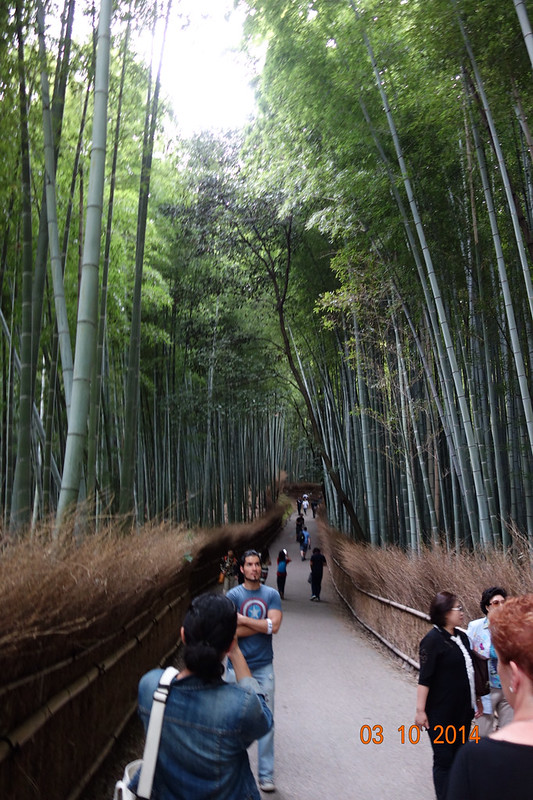
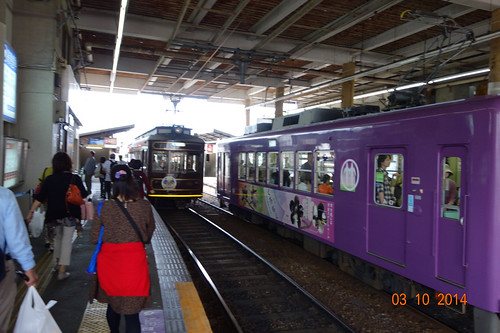


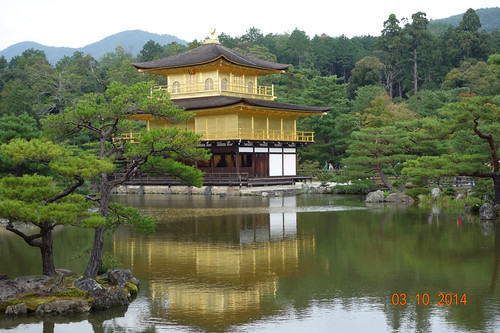
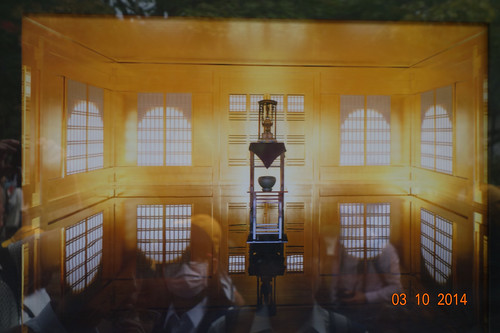



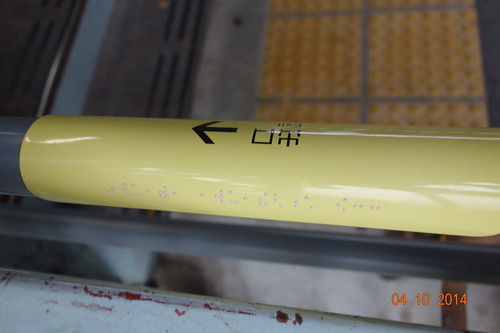
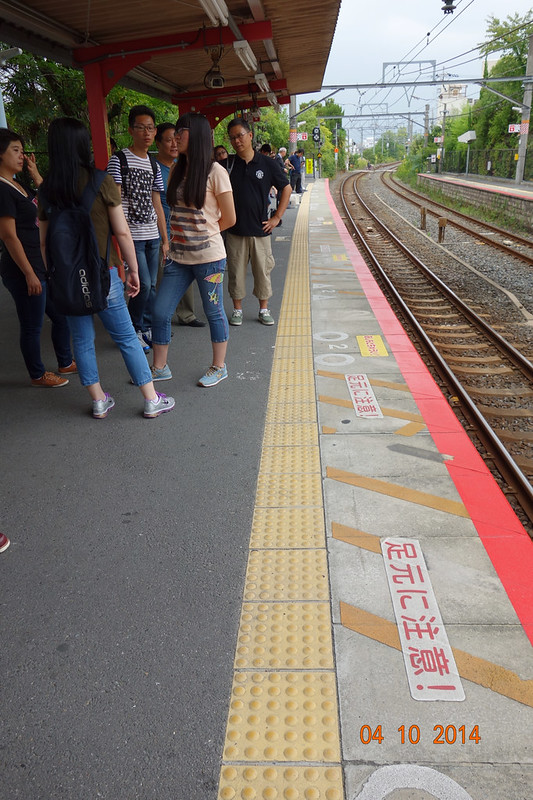
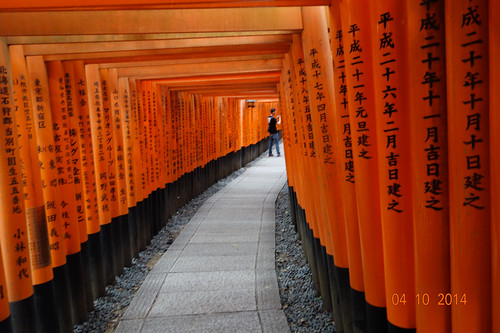

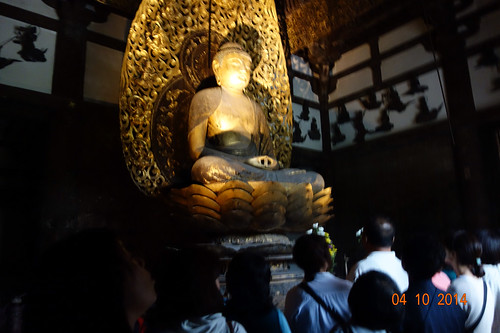

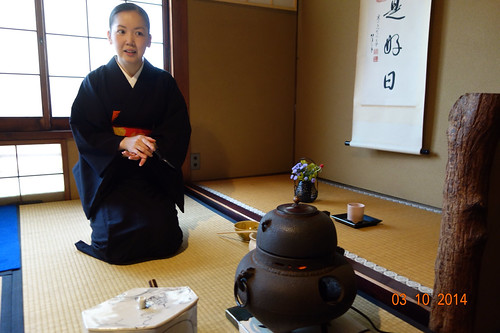
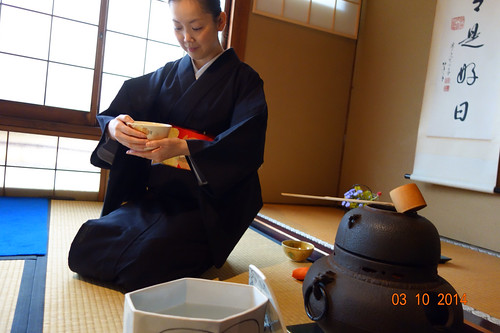
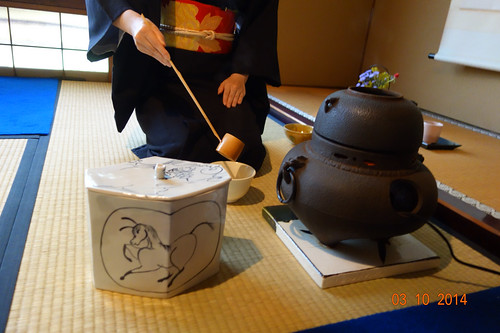
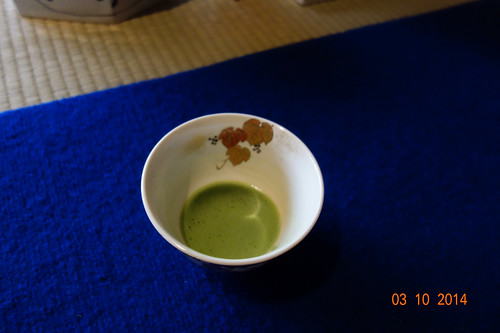
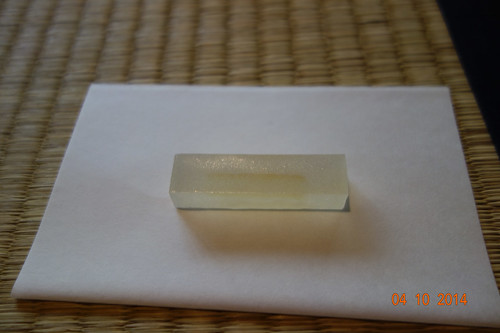





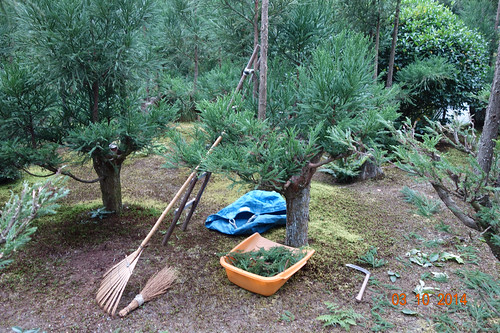
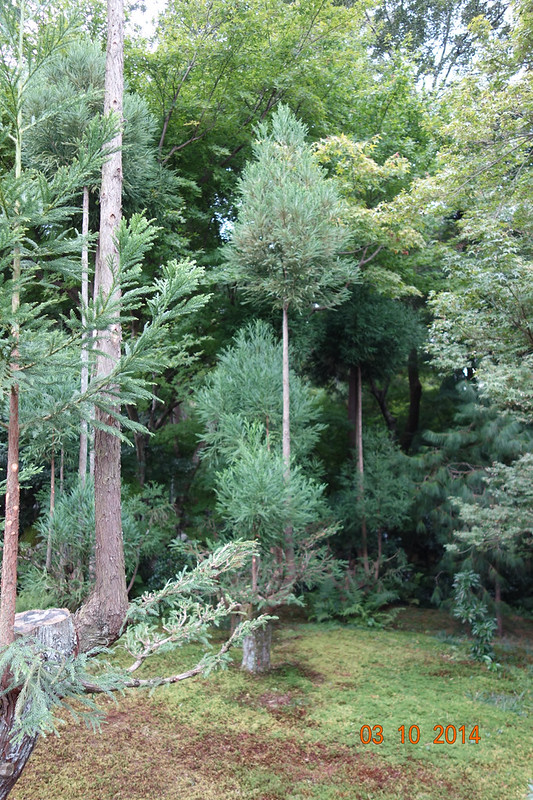
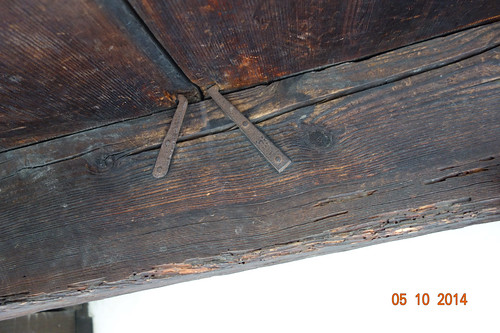
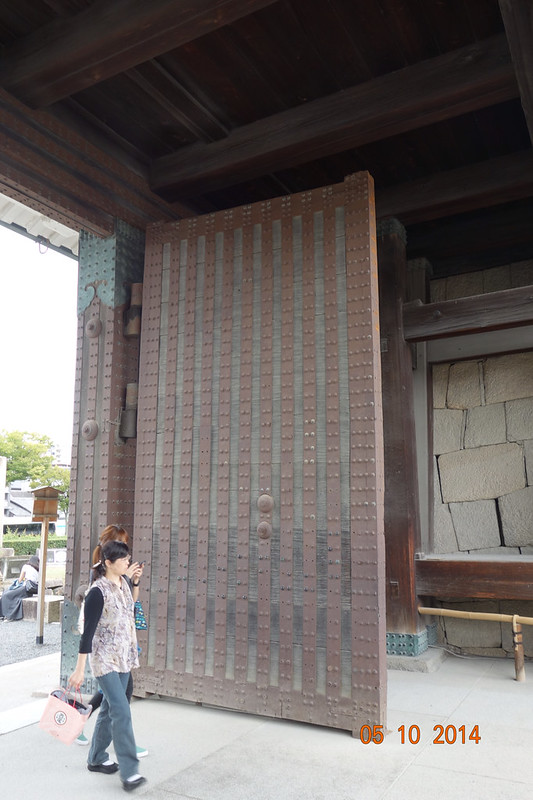
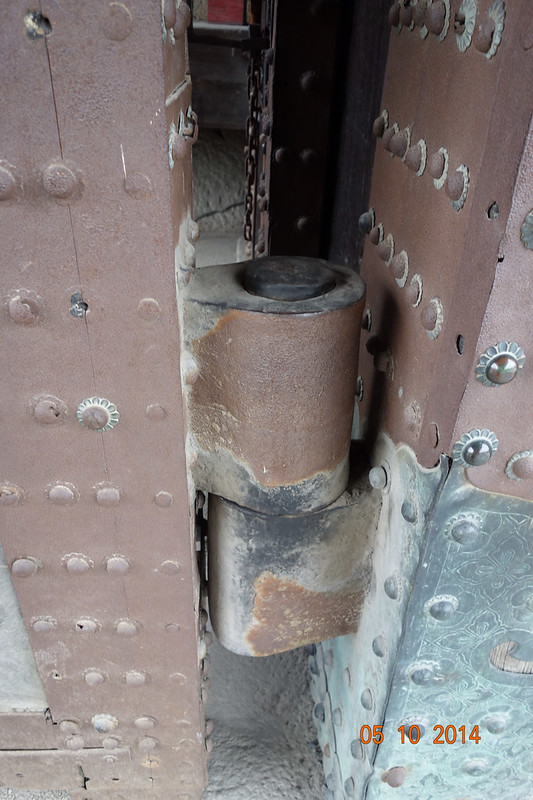


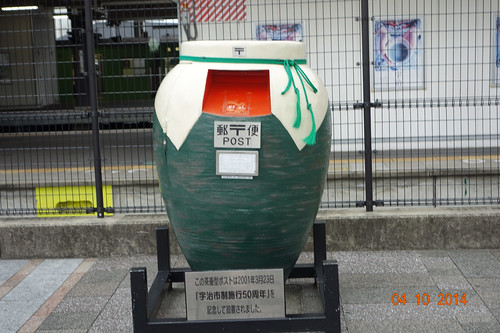



Comments
Post a Comment